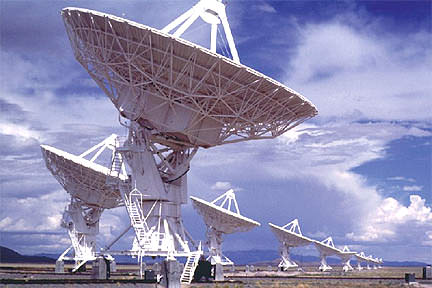Altazimuth is a contraction of altitude-azimuth; in astronomy it most often refers to a type of telescope mount (and is sometimes called alt-az), but it can also mean a coordinate system.
Altitude means the angular distance above the horizon; straight up (overhead) is 90o (and is called the zenith). Azimuth is also an angular distance, measured clockwise from north (so east is 90o). Any point, or direction, in the sky has one – and only one – altitude and azimuth; in other words, the altitude and azimuth are the coordinates of the point (on the celestial sphere).
An altazimuth telescope mount is one that can move separately in altitude (up and down, vertically) and azimuth (side to side, horizontally). Small telescopes used by amateur astronomers tend to have altazimuth mounts; larger ones tend to have equatorial mounts … unless they are Dobsonian. Why? Because while alt-az mounts are generally cheaper, tracking astronomical objects (like stars) is much easier with equatorial mounts.
Historically, the telescopes used by professional astronomers did not have alt-az mounts, because automatic tracking was impossible. As computers became powerful and cheap enough, they could be used to control the motors on each axis of an altazimuth mount; today, almost all ground-based astronomical telescopes have altazimuth mounts, whether optical, radio, or even high energy gamma ray! The first really large optical telescope to use an altazimuth mount is the 6-meter Bol’shoi Teleskop Azimultal’nyi, in Russia.
Universe Today’s Telescope Mount, Telescope Parts, Telescope Tripod, and How To Use a Telescope are great resources for learning more.
The Astronomy Cast episode Choosing and Using a Telescope covers the benefits of alt-az mounts (vs equatorial), and Telescopes, the Next Level gives insight into tomorrow’s professional ones.

